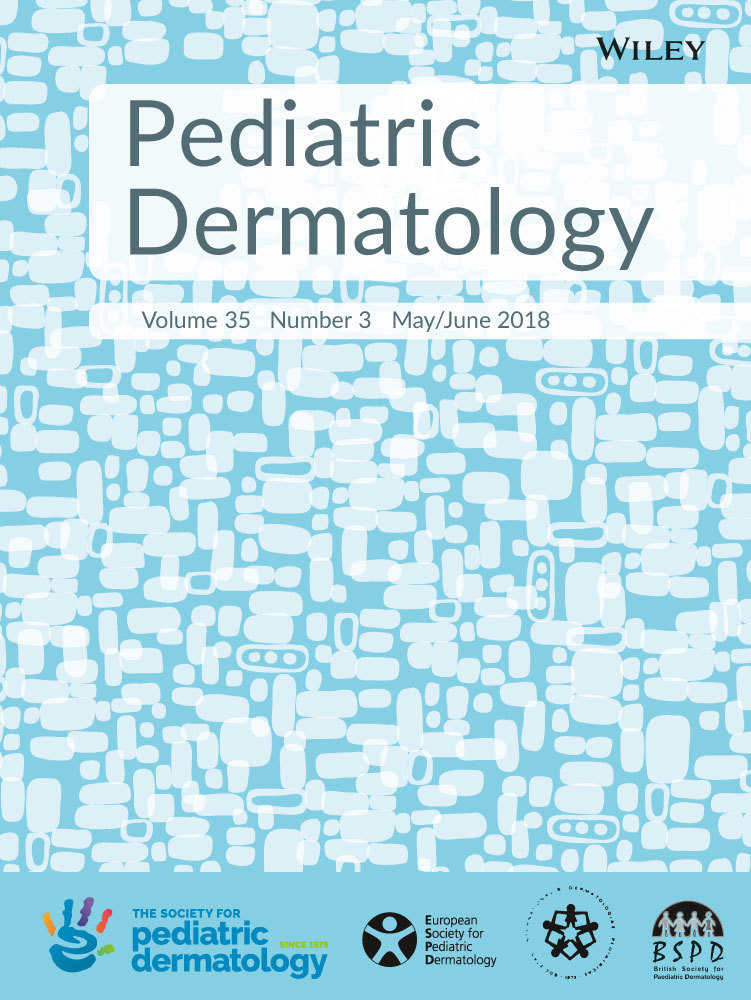“Numerous physical, psychological, and emotional benefits have been attributed to marijuana since its first reported use in 2,600 BC in a Chinese pharmacopoeia. The phytocannabinoids, cannabidiol (CBD), and delta-9-tetrahydrocannabinol (Δ9-THC) are the most studied extracts from cannabis sativa subspecies hemp and marijuana. CBD and Δ9-THC interact uniquely with the endocannabinoid system (ECS). Through direct and indirect actions, intrinsic endocannabinoids and plant-based phytocannabinoids modulate and influence a variety of physiological systems influenced by the ECS.
METHODS:
In 1980, Cunha
et al. reported anticonvulsant benefits in 7/8 subjects with medically uncontrolled epilepsy using marijuana extracts in a phase I clinical trial. Since then neurological applications have been the major focus of renewed research using medical marijuana and phytocannabinoid extracts.
RESULTS:
Recent neurological uses include adjunctive treatment for malignant brain tumors, Parkinson’s disease, Alzheimer’s disease, multiple sclerosis, neuropathic pain, and the childhood seizure disorders Lennox-Gastaut and Dravet syndromes. In addition, psychiatric and mood disorders, such as schizophrenia, anxiety, depression, addiction, postconcussion syndrome, and posttraumatic stress disorders are being studied using phytocannabinoids.
CONCLUSIONS:
In this review we will provide animal and human research data on the current clinical neurological uses for CBD individually and in combination with Δ9-THC. We will emphasize the neuroprotective, antiinflammatory, and immunomodulatory benefits of phytocannabinoids and their applications in various clinical syndromes.”
https://www.ncbi.nlm.nih.gov/pubmed/29770251
https://www.ncbi.nlm.nih.gov/pmc/articles/PMC5938896/]]>
 “Cannabidiol (CBD) represents a new promising drug due to a wide spectrum of pharmacological actions. In order to relate CBD clinical efficacy to its pharmacological mechanisms of action, we performed a bibliographic search on PUBMED about all clinical studies investigating the use of CBD as a treatment of psychiatric symptoms.
Findings to date suggest that (a) CBD may exert antipsychotic effects in schizophrenia mainly through facilitation of endocannabinoid signalling and cannabinoid receptor type 1 antagonism; (b) CBD administration may exhibit acute anxiolytic effects in patients with generalised social anxiety disorder through modification of cerebral blood flow in specific brain sites and serotonin 1A receptor agonism; (c) CBD may reduce withdrawal symptoms and cannabis/tobacco dependence through modulation of endocannabinoid, serotoninergic and glutamatergic systems; (d) the preclinical pro-cognitive effects of CBD still lack significant results in psychiatric disorders.
In conclusion, current evidences suggest that CBD has the ability to reduce psychotic, anxiety and withdrawal symptoms by means of several hypothesised pharmacological properties. However, further studies should include larger randomised controlled samples and investigate the impact of CBD on biological measures in order to correlate CBD’s clinical effects to potential modifications of neurotransmitters signalling and structural and functional cerebral changes.”
https://www.ncbi.nlm.nih.gov/pubmed/29789034
https://www.cambridge.org/core/journals/epidemiology-and-psychiatric-sciences/article/pharmacological-properties-of-cannabidiol-in-the-treatment-of-psychiatric-disorders-a-critical-overview/D7FD68F40CF30CBB48A1025C66873F26
“Cannabidiol (CBD) represents a new promising drug due to a wide spectrum of pharmacological actions. In order to relate CBD clinical efficacy to its pharmacological mechanisms of action, we performed a bibliographic search on PUBMED about all clinical studies investigating the use of CBD as a treatment of psychiatric symptoms.
Findings to date suggest that (a) CBD may exert antipsychotic effects in schizophrenia mainly through facilitation of endocannabinoid signalling and cannabinoid receptor type 1 antagonism; (b) CBD administration may exhibit acute anxiolytic effects in patients with generalised social anxiety disorder through modification of cerebral blood flow in specific brain sites and serotonin 1A receptor agonism; (c) CBD may reduce withdrawal symptoms and cannabis/tobacco dependence through modulation of endocannabinoid, serotoninergic and glutamatergic systems; (d) the preclinical pro-cognitive effects of CBD still lack significant results in psychiatric disorders.
In conclusion, current evidences suggest that CBD has the ability to reduce psychotic, anxiety and withdrawal symptoms by means of several hypothesised pharmacological properties. However, further studies should include larger randomised controlled samples and investigate the impact of CBD on biological measures in order to correlate CBD’s clinical effects to potential modifications of neurotransmitters signalling and structural and functional cerebral changes.”
https://www.ncbi.nlm.nih.gov/pubmed/29789034
https://www.cambridge.org/core/journals/epidemiology-and-psychiatric-sciences/article/pharmacological-properties-of-cannabidiol-in-the-treatment-of-psychiatric-disorders-a-critical-overview/D7FD68F40CF30CBB48A1025C66873F26

 “Epidermolysis bullosa is a rare blistering skin disorder that is challenging to manage because skin fragility and repeated wound healing cause itching, pain, limited mobility, and recurrent infections.
“Epidermolysis bullosa is a rare blistering skin disorder that is challenging to manage because skin fragility and repeated wound healing cause itching, pain, limited mobility, and recurrent infections.

 “We evaluated the effects of the non-psychoactive cannabinoid
“We evaluated the effects of the non-psychoactive cannabinoid  “The pharmacological importance of cannabidiol (CBD) has been in study for several years.
CBD is the major nonpsychoactive constituent of plant
“The pharmacological importance of cannabidiol (CBD) has been in study for several years.
CBD is the major nonpsychoactive constituent of plant  “A complex motor disorder is a combination of various types of abnormal movements that are associated with impaired quality of life (QOL). Current therapeutic options are limited. We studied the efficacy, safety, and tolerability of medical
“A complex motor disorder is a combination of various types of abnormal movements that are associated with impaired quality of life (QOL). Current therapeutic options are limited. We studied the efficacy, safety, and tolerability of medical 